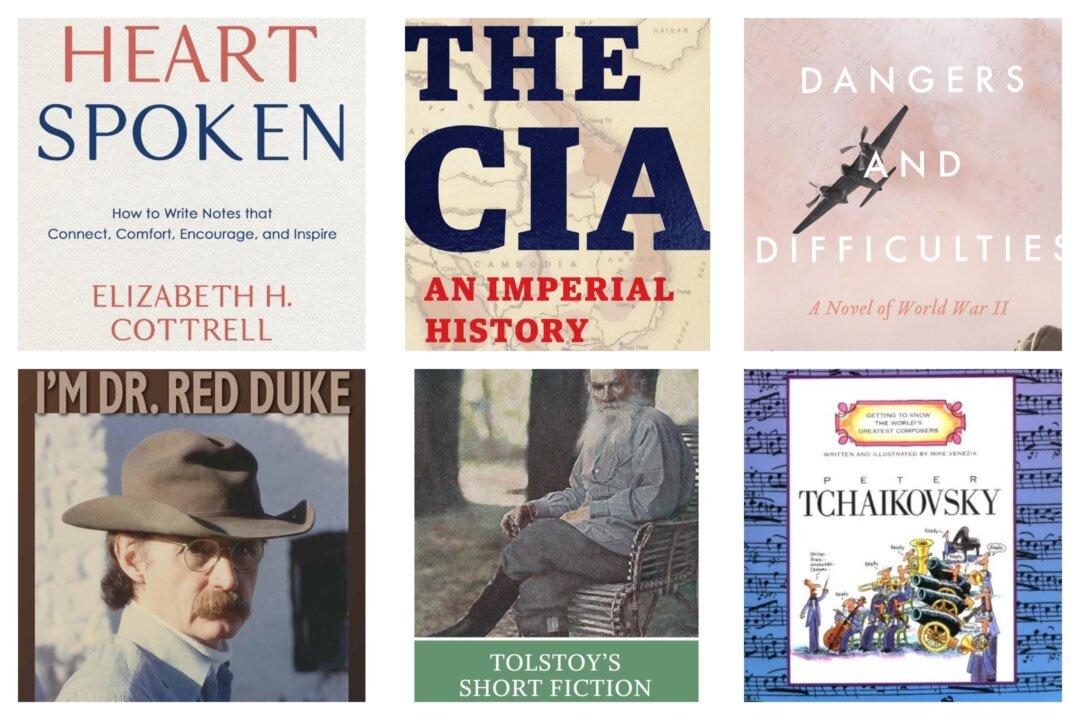The most foundational building block of a person’s education is learning to read. One who can read well can learn virtually anything.
Parents tend to assume that teaching their children to read is difficult—something only a professional educator could accomplish. Many parents consider teaching a child to read the job of the teacher, not the parent.
However, young children can easily be taught to read at home before they ever walk into a kindergarten classroom. It’s not difficult at all, really, for most children to learn to read naturally alongside their parents.
Read Aloud
The most fundamental and enjoyable way to teach your children to read is simply to read aloud to them often and in abundance. Stock your bookshelves, visit the library frequently, and offer your children copious amounts of delightful books that vary in theme, style, reading level, and length.Make reading aloud to your children a daily occurrence at least. Make it a most enjoyable, snuggly, fun time that you spend together. Repeat favorite books as often as your child wishes—which at certain ages will be constantly. Delight in every exciting story, in every silly rhyme, interesting fact, and magical word.
Learn Letters
Before a child can learn to read words, he or she must first learn to recognize and name the letters of the alphabet and understand what sounds they make. A fun and easy way to introduce your child to letters is by using simple alphabet flashcards.When your children are quite young you can spread out an entire deck of 26 flashcards. Begin by picking them up in alphabetical order and naming the letter for them. Have them repeat after you.
When they can begin to recognize one or two letters, spread the deck out again on the floor and ask your child to find the letter A. They’ll search the cards and (eventually) choose the A. When they do cheer and clap and celebrate their correct choice. Do this over and over, working your way up to being able to recognize all of the letters after some practice.
Transcribe Stories
A powerful way to instill a love of reading, and eventually writing, in your child is to transcribe the stories they tell. Ask your child to make up a story or make one up with them. Perhaps tell them that it begins with “Once upon a time.” Write down every exact word they say. Do not correct their grammar or attempt to edit their story in any way. If they’re making up their own words, include them. if they’re rambling on and on, write down the rambling.When they’re done, sit down and read their story back to them. They will have just written their very own story. It makes no difference whatsoever that you did the transcribing for them—this is their creation.
Sound Words Out
Continue to read aloud to your children as they grow. When you do, point to the words as you read. Enunciate the way in which you’re sounding out the words. They’ll begin to see that you’re putting the sounds of those letters to use, and they’re making the words on the page. As they become familiar with letter sounds, ask them to sound out a simple word from time to time. It’s a simple idea, but effective if you’re consistent.Mystery Word Game
Soon, your children will begin to be able to sound out words. Use a chalkboard or whiteboard to display more challenging words for your children to sound out. Maybe even offer a prize if they get it right.Label Objects at Home
To reinforce the reading lessons ongoing, label the items in your home. The lamp, the window, the refrigerator, the bed, the door—label it all and watch the connections continue.Celebrate Reading
Most of all, love and celebrate reading in your home. Disregard the so-called reading levels on books. Stock your shelves with an abundance of quality literature and beautiful books for your children to dive into. Listen to audiobooks the entire family can enjoy.Be sure to never make reading a chore or a slog. Don’t worry about them reading too soon or too slowly. Don’t compare the reading levels between siblings.
Just love books with your children and watch the gift that becomes for the rest of their lives.






